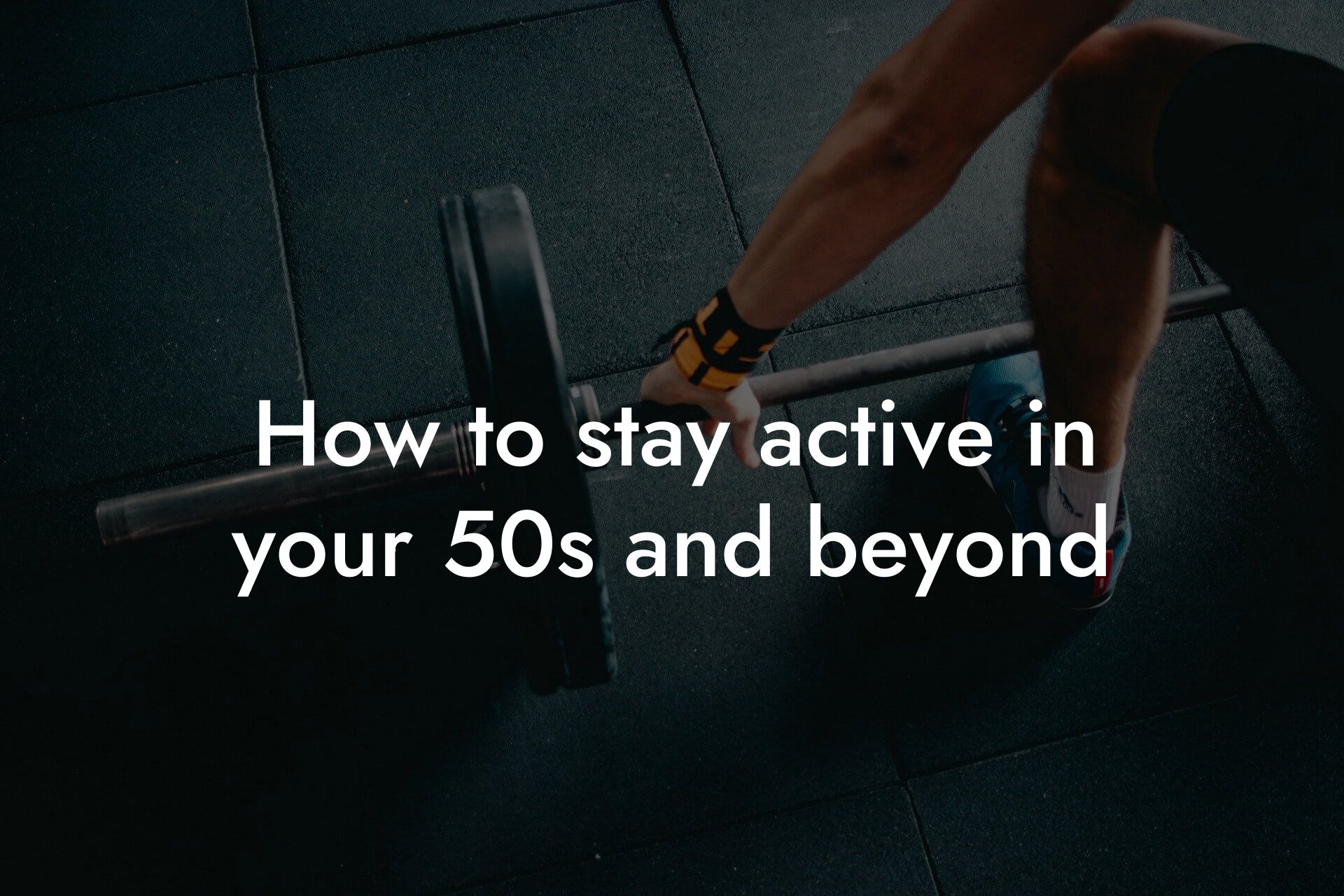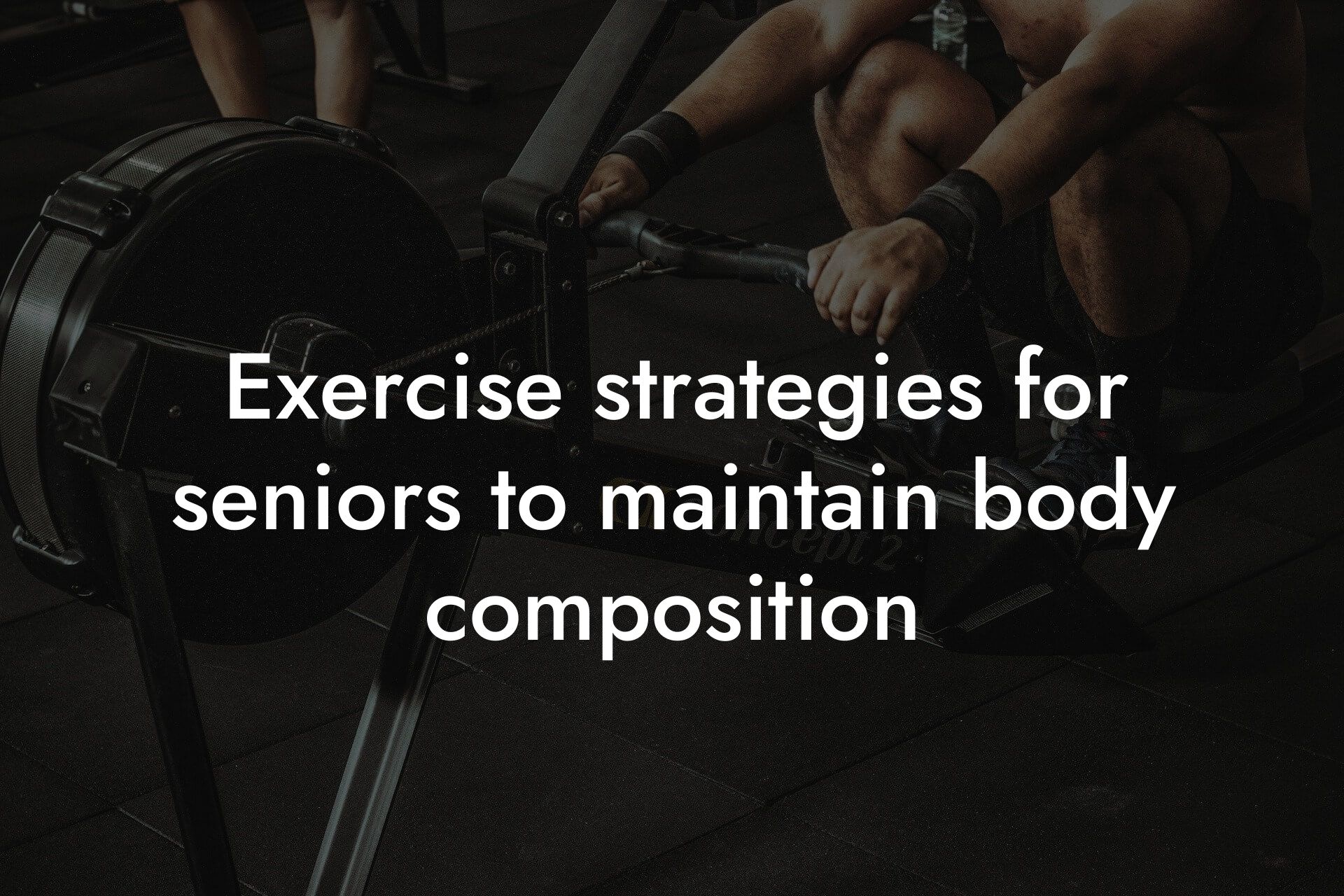As we age, our bodies undergo a range of natural changes that can impact our physical appearance, health, and overall well-being. One of the most significant changes is the loss of muscle mass, a phenomenon known as sarcopenia. At Tano Performance Group, we understand the importance of maintaining a healthy physique, particularly for high-earning professionals who value their physical appearance. In this article, we'll delve into the impact of aging on muscle mass, exploring the causes, consequences, and strategies for mitigating this natural process.
Table of Contents
- The Causes of Muscle Loss with Aging
- The Consequences of Muscle Loss
- The Importance of Maintaining Muscle Mass
- The Role of Nutrition in Maintaining Muscle Mass
- The Importance of Resistance Training
- The Benefits of High-Intensity Interval Training (HIIT)
- The Role of Hormone Replacement Therapy (HRT)
- Monitoring Muscle Mass with DEXA Scans
- Frequently Asked Questions
The Causes of Muscle Loss with Aging
Several factors contribute to the loss of muscle mass with aging. One of the primary causes is the natural decline in hormone levels, particularly testosterone and growth hormone. These hormones play a crucial role in muscle growth and maintenance, and as their levels decrease, muscle mass begins to dwindle. Additionally, age-related changes in the nervous system, such as a decline in motor neurons, can also contribute to muscle loss.
Another significant factor is the reduction in physical activity that often accompanies aging. As people age, they may become less active due to various reasons such as health issues, mobility limitations, or simply a decrease in motivation. This reduction in physical activity can lead to a decrease in muscle mass, as muscles that are not regularly engaged will begin to atrophy.
The Consequences of Muscle Loss
The loss of muscle mass can have far-reaching consequences on overall health and well-being. One of the most significant effects is the increased risk of falls and fractures. As muscle mass decreases, so does strength and balance, making it more difficult to recover from falls and increasing the risk of serious injury.
Muscle loss can also contribute to a decline in metabolic rate, leading to weight gain and an increased risk of obesity-related diseases such as diabetes and cardiovascular disease. Furthermore, the loss of muscle mass can impact mental health, leading to decreased self-esteem, depression, and anxiety.
The Importance of Maintaining Muscle Mass
Maintaining muscle mass is essential for overall health and well-being, particularly as we age. Muscles play a crucial role in regulating metabolism, maintaining bone density, and supporting overall physical function. By preserving muscle mass, individuals can reduce their risk of chronic diseases, improve their mental health, and maintain their independence.
In addition, maintaining muscle mass is essential for high-earning professionals who value their physical appearance. A strong, toned physique can boost confidence, improve self-esteem, and enhance overall quality of life.
The Role of Nutrition in Maintaining Muscle Mass
Nutrition plays a critical role in maintaining muscle mass. A diet rich in protein is essential for building and repairing muscle tissue. Aim to consume 1.2-1.6 grams of protein per kilogram of body weight daily, spread across 3-5 main meals and 2-3 snacks.
In addition to protein, a balanced diet that includes complex carbohydrates, healthy fats, and essential vitamins and minerals is vital for supporting muscle growth and maintenance. Foods rich in antioxidants, such as berries and leafy greens, can help reduce inflammation and oxidative stress, both of which can contribute to muscle loss.
The Importance of Resistance Training
Resistance training is a crucial component of maintaining muscle mass. This type of exercise, which includes weightlifting, resistance band exercises, and bodyweight exercises, helps to build and strengthen muscle tissue.
Aim to engage in resistance training exercises at least 2-3 times per week, targeting all major muscle groups, including the legs, hips, back, chest, shoulders, and arms. Incorporate a mix of compound exercises, such as squats and deadlifts, and isolation exercises, such as bicep curls and tricep extensions.
The Benefits of High-Intensity Interval Training (HIIT)
High-Intensity Interval Training (HIIT) is a type of exercise that involves short bursts of high-intensity exercise followed by brief periods of rest. This type of exercise has been shown to be particularly effective in maintaining muscle mass, as it promotes muscle growth and increases metabolic rate.
HIIT can be incorporated into a resistance training routine, or performed as a standalone exercise. Aim to engage in HIIT exercises 2-3 times per week, incorporating exercises such as sprints, burpees, and jump squats.
The Role of Hormone Replacement Therapy (HRT)
Hormone Replacement Therapy (HRT) is a medical treatment that involves replacing declining hormone levels with synthetic or natural hormones. HRT can be effective in maintaining muscle mass, particularly in individuals with hormone deficiencies.
However, HRT should only be considered under the guidance of a qualified healthcare professional, as it can have potential risks and side effects. Additionally, HRT should be combined with a healthy diet and regular exercise to maximize its benefits.
Monitoring Muscle Mass with DEXA Scans
At Tano Performance Group, we understand the importance of monitoring muscle mass to track progress and identify areas for improvement. Our state-of-the-art DEXA machine provides a comprehensive body assessment, including muscle mass, bone density, and body fat percentage.
By regularly monitoring muscle mass with DEXA scans, individuals can track their progress, identify areas for improvement, and make data-driven decisions to optimize their diet and exercise routine.
The impact of aging on muscle mass is a natural process that can have far-reaching consequences on overall health and well-being. However, by understanding the causes and consequences of muscle loss, and incorporating strategies such as a balanced diet, regular exercise, and hormone replacement therapy, individuals can mitigate this process and maintain a healthy, strong physique.
At Tano Performance Group, we are committed to providing high-earning professionals with the tools and resources they need to optimize their physical appearance and overall well-being. By combining our expertise with cutting-edge technology, such as DEXA scans, we can help individuals achieve their health and fitness goals and maintain a strong, confident physique for years to come.
Frequently Asked Questions
What is the natural rate of muscle loss with aging?
After the age of 30, the natural rate of muscle loss is about 3-5% per decade. However, this rate can accelerate to 1-2% per year after the age of 60. This natural decline in muscle mass is known as sarcopenia.
What are the main causes of muscle loss with aging?
The main causes of muscle loss with aging include a decrease in muscle protein synthesis, a decline in hormone levels such as testosterone and growth hormone, and a reduction in physical activity. Additionally, age-related changes in the nervous system and muscle cells themselves can also contribute to muscle loss.
How does muscle loss affect overall health?
Muscle loss can have significant effects on overall health, including an increased risk of falls and fractures, decreased mobility and independence, and a higher risk of chronic diseases such as diabetes and heart disease. It can also affect mental health, leading to depression and anxiety.
Can muscle loss be prevented or reversed?
While some muscle loss is inevitable with aging, it can be prevented or reversed with a combination of proper nutrition, regular exercise, and hormone replacement therapy. Resistance training, in particular, has been shown to be effective in building and maintaining muscle mass.
What is the role of nutrition in maintaining muscle mass?
Nutrition plays a critical role in maintaining muscle mass. Adequate protein intake is essential, as it provides the building blocks for muscle growth and repair. Additionally, adequate calorie intake is necessary to support muscle growth and maintenance.
How much protein do I need to consume to maintain muscle mass?
The recommended daily intake of protein to maintain muscle mass is about 1.2-1.6 grams per kilogram of body weight. However, this may vary depending on individual factors such as age, sex, and activity level.
What is the best type of exercise for maintaining muscle mass?
Resistance training, such as weightlifting, is the most effective type of exercise for maintaining muscle mass. This type of exercise stimulates muscle growth and repair, and can be modified to accommodate different fitness levels.
How often should I exercise to maintain muscle mass?
It is recommended to exercise at least 2-3 times per week, with at least 48 hours of rest in between. This allows for adequate recovery time and can help to prevent overtraining.
What is the role of hormones in maintaining muscle mass?
Hormones, such as testosterone and growth hormone, play a critical role in regulating muscle growth and maintenance. Decreases in hormone levels with aging can contribute to muscle loss, and hormone replacement therapy may be necessary in some cases.
Can I still build muscle in my 40s and 50s?
Yes, it is still possible to build muscle in your 40s and 50s. While the rate of muscle growth may slow with aging, consistent exercise and proper nutrition can still lead to significant gains in muscle mass.
How does muscle loss affect bone density?
Muscle loss can have a negative impact on bone density, as the muscles help to support and stabilize the bones. A decrease in muscle mass can lead to an increased risk of osteoporosis and fractures.
Can muscle loss be reversed with hormone replacement therapy?
Hormone replacement therapy, such as testosterone replacement therapy, can help to reverse muscle loss in some cases. However, this should only be done under the guidance of a healthcare professional and in conjunction with proper nutrition and exercise.
How does muscle loss affect body composition?
Muscle loss can lead to an increase in body fat percentage, as the body's metabolism slows with aging. This can result in a decrease in overall physical fitness and an increased risk of chronic diseases.
Can I still maintain muscle mass with a busy schedule?
Yes, it is still possible to maintain muscle mass with a busy schedule. Even small amounts of exercise, such as 10-15 minutes per day, can be beneficial. Additionally, incorporating physical activity into daily routine, such as taking the stairs instead of the elevator, can also be helpful.
How does muscle loss affect mental health?
Muscle loss can have a significant impact on mental health, leading to feelings of depression, anxiety, and low self-esteem. Maintaining muscle mass through exercise and proper nutrition can help to improve mental health and overall well-being.
Can muscle loss be prevented with supplements?
While supplements, such as protein powder and creatine, can be helpful in supporting muscle growth and maintenance, they should not be relied upon as the sole means of preventing muscle loss. A balanced diet and regular exercise are still essential for maintaining muscle mass.
How does muscle loss affect overall physical function?
Muscle loss can significantly affect overall physical function, making everyday activities, such as walking and climbing stairs, more difficult. It can also affect balance and coordination, leading to an increased risk of falls and injuries.
Can I still maintain muscle mass with chronic health conditions?
Yes, it is still possible to maintain muscle mass with chronic health conditions, such as diabetes and heart disease. However, it may require more careful planning and attention to nutrition and exercise, and should be done under the guidance of a healthcare professional.
How does muscle loss affect sleep quality?
Muscle loss can affect sleep quality, leading to insomnia and other sleep disorders. This can be due to a decrease in physical activity and an increase in body fat percentage.
Can muscle loss be reversed with surgery?
In some cases, muscle loss may be reversed with surgery, such as in the case of muscle tears or injuries. However, this should only be done under the guidance of a qualified healthcare professional and in conjunction with proper nutrition and exercise.
How does muscle loss affect overall quality of life?
Muscle loss can significantly affect overall quality of life, leading to a decrease in physical function, mental health, and overall well-being. Maintaining muscle mass through exercise and proper nutrition can help to improve overall quality of life.
Can muscle loss be prevented with early intervention?
Yes, muscle loss can be prevented or slowed with early intervention, including proper nutrition and regular exercise. Early intervention can help to maintain muscle mass and prevent the negative effects of muscle loss on overall health.
Here are some related articles you might love...
- How to stay active in your 50s and beyond
- Exercise strategies for seniors to maintain body composition
- Longevity supplements: What works?
- How to maintain bone density as you age
- Anti-inflammatory diets and their effect on aging
- The impact of aging on metabolic rate
- The role of telomeres in aging and fitness
- Sarcopenia: Preventing muscle loss with age
- Anti-aging diets: Fact or fiction?
Zak Faulkner
Zak Faulkner is a leading authority in the realm of physical health and body composition analysis, with over 15 years of experience helping professionals optimise their fitness and well-being. As one the experts behind Tano Performance Group, Zak has dedicated his career to providing in-depth, science-backed insights that empower clients to elevate their physical performance and overall health.
With extensive knowledge of DEXA technology, Zak specializes in delivering comprehensive body assessments that offer precise data on body fat, muscle mass, bone density, and overall physique. His expertise enables individuals to make informed decisions and achieve their fitness goals with accuracy and confidence. Zak’s approach is rooted in a deep understanding of human physiology, combined with a passion for helping clients unlock their full potential through personalised strategies.
Over the years, Zak has earned a reputation for his commitment to excellence, precision, and client-focused service. His guidance is trusted by top professionals who demand the best when it comes to their health. Whether advising on fitness programs, nutritional strategies, or long-term wellness plans, Zak Faulkner’s insights are a valuable resource for anyone serious about taking their health and fitness to the next level.
At Tano Performance Group, Zak continues to lead our Content Team revolutionising how professionals approach their physical health, offering unparalleled expertise that drives real results.




